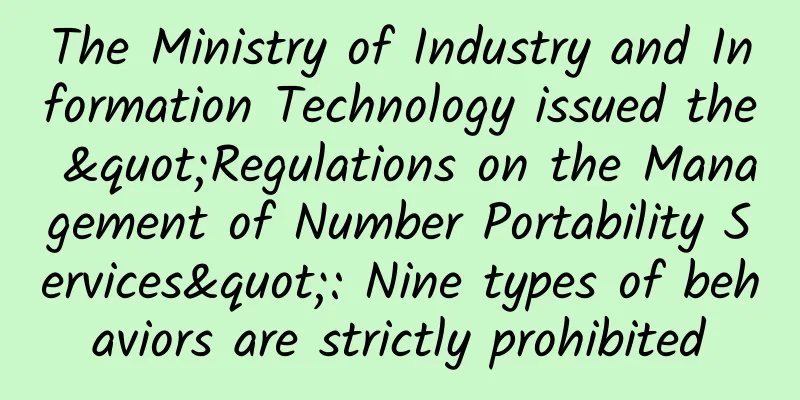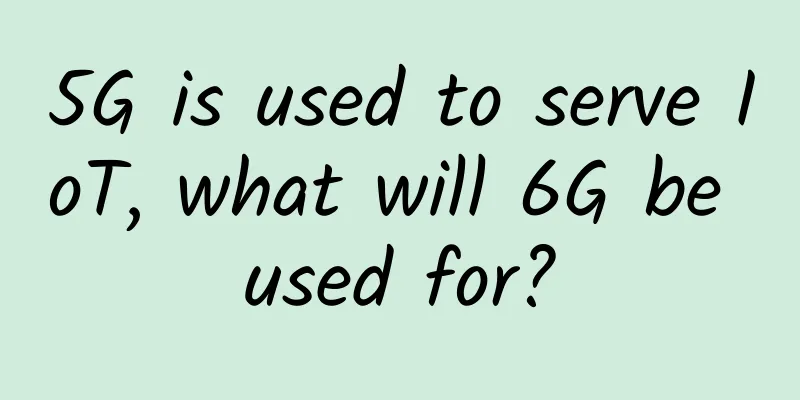Enterprises need to prioritize mobile unified communications

|
The need for secure, reliable, and easy-to-use communication tools has given rise to unified communications (UC), a strategy that integrates multiple modes of communication under one management and security umbrella. The result is more effective communication, better collaboration, and a boost to security and regulatory policies. With more and more enterprise employees relying on mobile devices, it's time for IT departments to make mobile unified communications (MUC) a priority. The most important benefit of MUC is that enterprises are able to break away from the control of traditional consumer-centric, operator and third-party communication tools. Communication is an important enterprise resource; MUC is a tool that is easier to manage and scale, and MUC provides visibility and control that is critical to enterprise IT deployments. These advantages will make MUC the main provisioning strategy and mechanism for enterprise communications in the next five to ten years.
What is Mobile Unified Communications? The “unified” part of MUC means that all modes available in contemporary enterprise communications, along with the associated analytics and reporting, are provided within a single management and security umbrella. Key capabilities required include:
Adding mobility to UC also introduces new considerations, as described below. While desktop UC is typically centered around a dedicated desktop device, most MUC implementations are based on applications running on Android and iOS. Therefore, it is important to ensure that the enterprise BYOD policy that specifies allowed device/mobile OS pairs also indicates requirements for these applications. MUC brings location independence and dynamic mobility to UC, and being purely IP-based, MUC does not actually require the use or even knowledge of a given device's phone number. We even foresee a day when MUC will only offer data plans, with all other communication services provided by the MUC, thereby stimulating mobile phone sales. As mobile devices have become equal to PCs in power and utility, MUCs have become more powerful and are often implemented as point products. The main benefit of MUCs is the collaborative features necessary to increase information mobility and team productivity. Features can include not only familiar team productivity applications such as document processing and spreadsheets, but also shared calendars, project management features, and presentations, including shared and multi-user "whiteboards" for drawing and annotating ideas in real time. Some MUC implementations also include personal information management capabilities, essentially integrating all individual and group workflows within the MUC security and management framework. Some MUC implementations implement effective private social media capabilities, although the specific feature sets vary widely. While the model for MUC integration has evolved separately, and can, of course, still be used as such, the core appeal of MUC is the privacy of a closed user base, anytime, anywhere accessibility (as well as temporarily delayed access), and management visibility that is essential to contemporary corporate communications. Depending on the specific CRM strategy of a particular enterprise, MUC may even add value in outbound telemarketing, customer service and support, and the availability of key staff at any time/anywhere a customer needs attention, as many of the above features can easily be turned into customer-facing advantages in many cases. MUC Deployment Options There are three broad possibilities for MUC deployment:
Some of the major suppliers in the MUC space include:
We also expect that many, if not most, collaboration and messaging vendors will eventually move into the MUC space through feature enhancements or even acquisitions as customers begin to demand more integrated, one-stop shopping. As we have seen with enterprise mobility management, innovations that start as point products often fail to achieve broad adoption until such a rollout occurs. Effective MUC strategies There are four key elements to a successful MUC deployment:
Finally, given the mission-critical nature of the MUC, its deployment might be a good time to consider SD-WAN as a way to improve overall network reliability, in this case by ensuring access through multiple ISPs. Using MUC As mentioned above, we believe that MUC will become the primary provisioning strategy and mechanism for enterprise communications over the next five to ten years. We also expect the eventual merger of networking and telecom to be aided in large part by BYOD-centric communications. Yes, there may be political and personnel issues here, but we all agree that phone lines and traditional PBXs are completely obsolete. Furthermore, MUC is fully compatible with WLAN and cellular services, and is a great fit for all IP 5G services as they become common over the next five years. We recommend that organizational IT departments start exploring MUC alternatives if they haven’t already done so. The field will continue to evolve, especially through the addition of additional functionality, but the MUC solutions available today are already working hard in organizations of all sizes and missions. |
<<: Data Center Container Network Technology
>>: Every front-end needs to know some network knowledge
Recommend
Justhost newly launched data centers in Hong Kong/Italy, 200Mbps unlimited data starting from $3.7/month
I received the latest email from Justhost, which ...
How to enable owners and facility managers to realize smart buildings
Building owners and facility managers are turning...
Wi-Fi Alliance wants to simplify the numbering and use numbers instead of "802.11ac"
If you've ever bought a Wi-Fi router, you pro...
"Innovation City" shines brightly and opens up a new ecosystem for Ascend
[[337542]] On August 11, 2020, the DevRun Develop...
5G messaging accelerates commercialization and may become the first batch of 5G applications
After more than two years of construction, 5G mes...
Satellite communication networks will also need to be accelerated in the 5G era
Although it will take several years for 5G to be ...
80VPS: KVM in Los Angeles MC data center is online, 1G memory package starts at 199 yuan per year
Some time ago, we shared the news that 80VPS laun...
Riverbed Redefines APM, Helps Enterprises Promote Digital Transformation
[51CTO.com original article] It is obvious that d...
How 5G Promotes Smart City Development
Global examples of how smart cities are leveragin...
"Intelligent Ecosystem to Open the Future with Data" ——2021 China Digital Ecosystem Heroes Conference was grandly held
On May 8, the "2021 China Digital Ecosystem ...
QuickPacket: $30/month-E3 12xx CPU, 16G memory, 1TB or 500G SSD, 50TB monthly traffic, North Carolina data center
The tribe has shared information about QuickPacke...
The "new strategies" of the three major operators, a battle between masters of all kinds of skills?
With the belated conclusion of the 2021 China Uni...
I strongly oppose passing data between services through cache!
[[408610]] The movement of data requires a carrie...
You are still 11 certifications away from being an IT boss
There is a saying that success is not difficult, ...
A survival guide for communications professionals
The situation in 2022 is more serious than expect...









